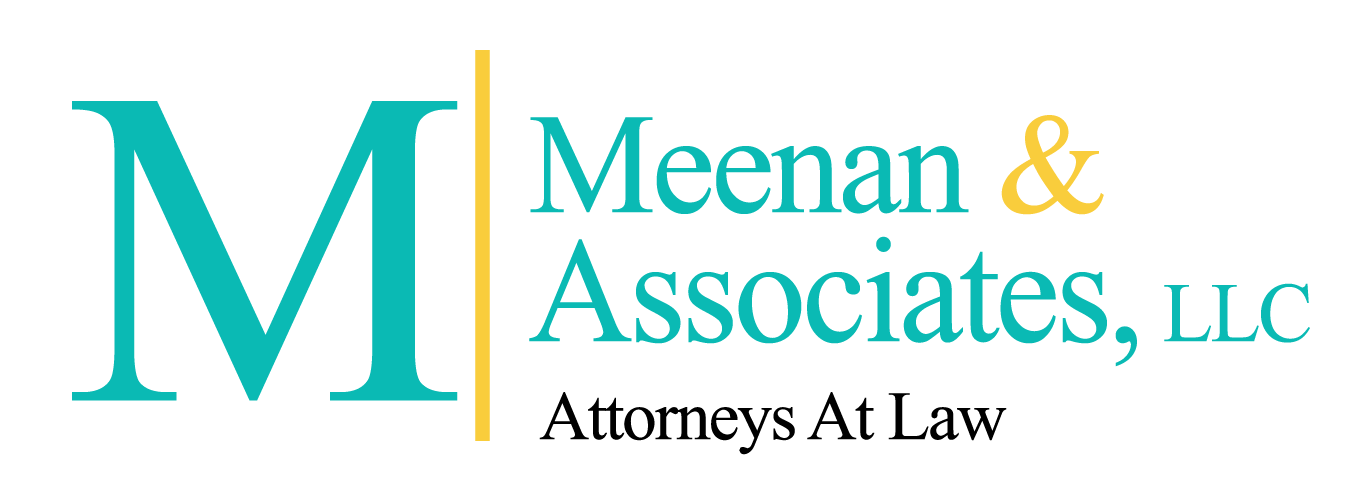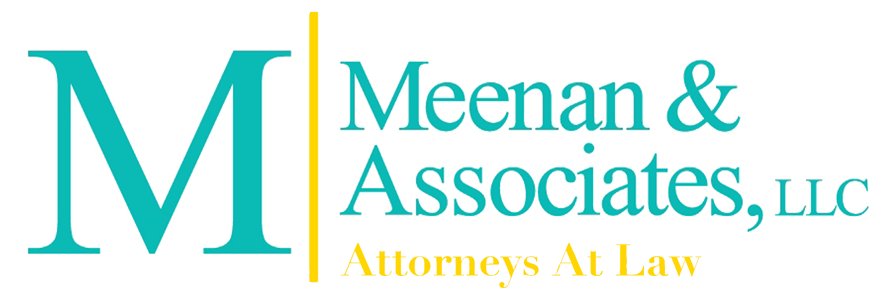The CARES Act became law on March 27, 2020, offering a nearly $2 trillion economic stimulus package with an estimated $260 billion set aside to provide unemployment insurance (UI) to millions of workers. The Act will provide economic benefits to workers who are being terminated, laid off or realizing they no longer have viable opportunities to earn money in the gig economy due to the COVID-19 pandemic.
There are three new UI programs created by the CARES Act: Pandemic Unemployment Compensation, Pandemic Emergency Unemployment Compensation, and Pandemic Unemployment Assistance. All of these programs are fully federally funded. Each state will receive additional administrative funds to operate these programs.
Notably, the Act contains a “non-reduction rule” which means that as long as the states are participating in these programs, they may not do anything to decrease the maximum number of weeks of UI or the weekly benefits available under state law as of January 1, 2020.
In addition, New York, like many other states, has a statutory one-week “waiting period” before a claimant may receive a UI benefit. The CARES Act provides reimbursement to states that waive the one-week waiting period plus the administrative expenses necessary for processing these payments. In New York, claimants for UI benefits will receive a benefit effective the date the application is approved without a one-week waiting period. For example, if a UI claimant’s application is approved on April 1, 2020 the benefit will be calculated as of April 1, 2020 rather than April 7, 2020.
Further information specific to each of the three UI programs provided by the CARES Act is discussed below.
Pandemic Unemployment Compensation (PUC)
All workers currently receiving UI will continue to receive their calculated benefit and will also receive an additional $600 per week in compensation pursuant to the PUC program. The PUC benefit will run from the date the bill is signed through July 31, 2020.
Workers who are currently receiving a partial unemployment benefit check will also be eligible to receive PUC assistance. PUC is also available to those workers receiving a benefit pursuant to the new Pandemic Unemployment Assistance program described below.
PUC may be paid either with the regular UI payment or at a separate time, but it must be paid on a weekly basis.
PUC is not considered income for purposes of eligibility for other public benefits, such as Medicaid or CHIP.
Pandemic Emergency Unemployment Compensation (PEUC)
Under the PEUC program, each UI claimant will receive an additional 13 weeks of UI benefits which will become available after a claimant exhausts all of their regular state UI benefits. New York State currently offers 26 weeks of UI benefits. Only 8 states, Arkansas, Alabama, Florida, Idaho, Kansas, Missouri, North Carolina, and South Carolina do not offer 26 weeks of benefits.
To be eligible for the PEUC program, workers must be actively engaged in searching for work. The CARES Act explicitly provides, however, that “a State shall provide flexibility in meeting such [work search] requirements in case of individuals unable to search for work because of COVID-19, including because of illness, quarantine, or movement restriction.”
Pandemic Unemployment Assistance (PUA)
This program will provide a benefit to many workers who would not otherwise be eligible for UI benefits. PUA provides that self-employed workers, including independent contractors, freelancers, part-time workers, and workers who do not have enough weeks of work history to qualify for state UI benefits will be eligible for benefits.
In addition, workers who have exhausted their state UI benefits will be eligible pursuant to this program. Up to 39 weeks of PUA are available to workers who are immediately eligible to receive PUA. The program will expire on December 31, 2020, unless otherwise extended.
Historically, workers classified as “independent contractors” in New York are exempt from receiving UI benefits, however, the PUA will provide them some much-needed relief during this pandemic.
While a number of recent court decisions in New York, including those involving Uber drivers and Postmates couriers, have made clear that these workers are entitled to UI benefits, may other workers, such as yoga instructors and others, continue to be exempt from such benefits. The PUA program will provide such workers with crucial benefits now.
The Application Process
A claimant for benefits under the PUA program will need to provide self-certification that he/she is (1) partially or fully unemployed, OR (2) unable and unavailable to work because of one of the following reasons:
- A COVID-19 diagnosis or symptoms of it and seeking diagnosis;
- A household member has been diagnosed with COVID-19;
- A caregiver for someone diagnosed with COVID-19;
- A caregiver for a child or other household member who cannot attend school or work because it is closed due to COVID-19;
- Quarantined or have been advised by a health care provider to self-quarantine;
- Scheduled to begin employment and do not have a job or cannot reach their place of employment as a result of a COVID-19 outbreak;
- Now head of household because the prior head of the household has died as a direct result of COVID-19;
- Loss of employment as a direct result of COVID-19;
- Place of employment is closed as a direct result of COVID-19; or
- Due to other criteria established by the Secretary of Labor.
WORKERS WHO ARE NOT ELIGIBLE
Workers are not eligible for PUA if they can either telework with pay or are receiving paid sick days or paid leave. In addition, undocumented workers are not eligible for PUA benefits.
The PUA program is available from January 27, 2020 through December 31, 2020. Workers will be eligible for retroactive benefits and can access benefits for a maximum of 39 weeks, including any weeks for which the person received regular UI. Eligibility will end on December 31, 2020 unless there is an extension of the program.
PUA benefits are calculated the same way as they are for the federal Disaster Unemployment Assistance program under the Stafford Act, which is the model for the PUA program. PUA will have a minimum benefit that is equal to one-half the state’s average weekly UI benefit (about $190 per week).
SHORT-TIME COMPENSATION (WORK-SHARING)
Short-time compensation (STC), also known as work-sharing, programs help employers avoid layoffs by putting workers on part-time schedules with partial unemployment benefits to help make up for some of the lost income. Under the CARES Act, the federal government will fully reimburse states for all STC programs already in place that conform with the requirements of Section 3306(v) of the Internal Revenue Code. The Act also provides $100 million in grants to states to implement, improve, and promote STC programs. More information on STC programs can be found here.


